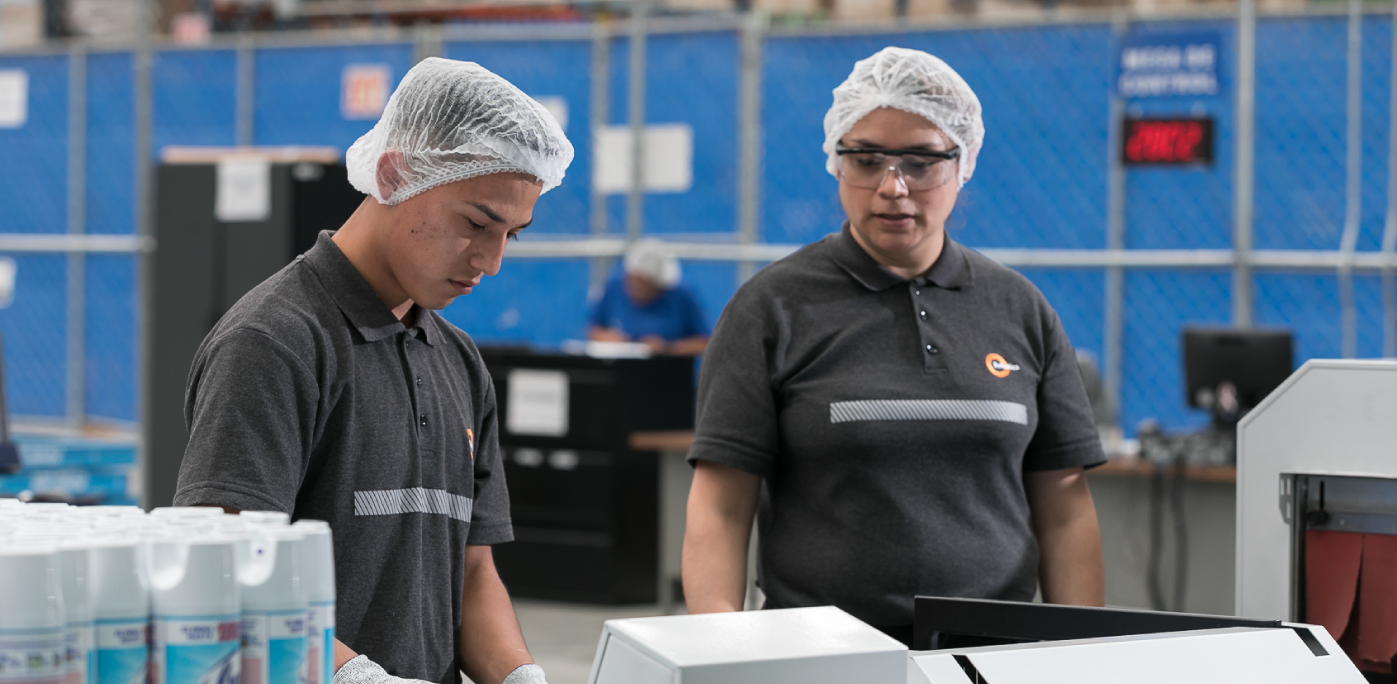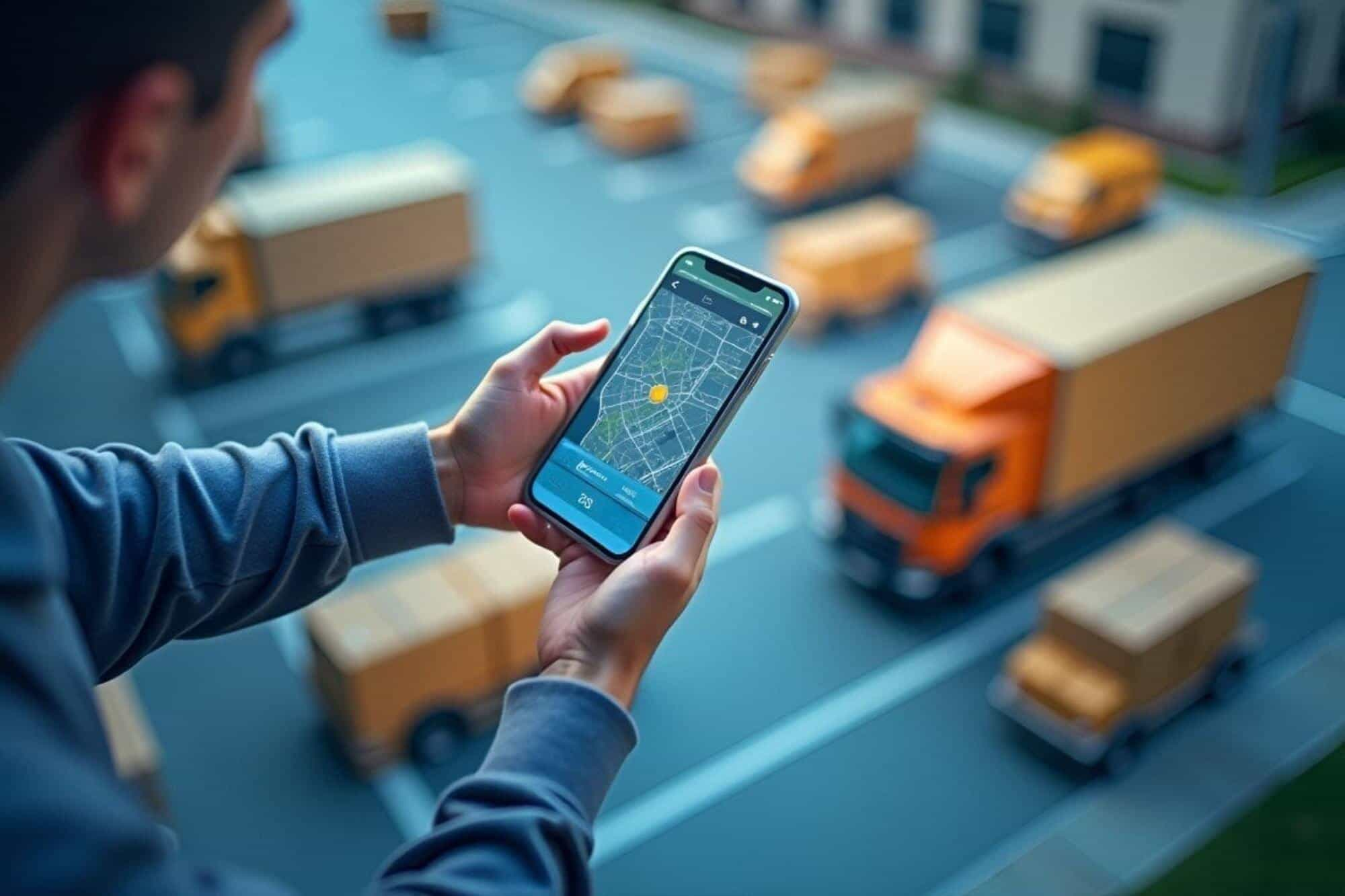Imagine that every mile your trucks travel has a clear and confirmed purpose. That each planned route responds to a real need and not an assumption. This is the reality experienced by companies that have discovered the transformative power of the Pull Model in land transportation.
Contemporary logistics goes beyond moving goods from point A to point B. Today, it's about creating experiences that create real value for your business and your customers, where every operational decision becomes a strategic opportunity.
When intuition meets logistics intelligence
Your logistics team probably faces the same question every day: when is the right time to move that cargo? For years, the answer was based on predictions, experience, and intuition. But what if you could make those decisions with the certainty that every move is backed by real, confirmed demand?
This is where the Pull Model changes the conversation. This approach represents more than a methodology; it is a philosophy that puts real customer demand at the center of every logistics decision. Efficiency in logistics and transportation does not depend solely on having a good infrastructure or a modern fleet. It also requires a strategy that aligns daily operations with actual customer demand. (Article - Hedyla)
The invisible transformation
While conventional methods (Push model) operate with static planning algorithms based on historical projections and 30-90 day predictive analytics, the Pull system works with dynamic, immediate response algorithms that process real-time demand data. They automatically adjust routing, capacity, and timing variables according to market signals.
This difference generates impacts that go beyond the numbers in a report. The pull system adapts production to actual demand, meaning that the product is manufactured only when a purchase is generated, i.e., once the company receives the request from the customer.
Translating this wisdom to ground transportation, it means that each route comes to life only when there is a confirmed reason to travel it. (Blog - Mecalux)
The contrast that makes the difference
Understanding the differences between the two approaches is like discovering two completely different languages for communicating with the market:
The language of the Push model in transportation:
- Conversations based on we think you'll need
- Inventories that wait patiently for their moment
- Kilometers that sometimes travel in a vacuum
- Rigidity in the face of unexpected market changes
The dialect of the Pull model in transportation:
- Immediate answers to I need this now
- Inventories flowing like rivers to their destination
- Resources optimized by confirmed demand
- Flexibility that dances to the rhythm of the market
This distinction comes to life especially in dynamic sectors such as fresh food, pharmaceuticals or technology, where speed of response can determine the success or failure of an operation. (Article - Hedyla)
TMS: When technology becomes your strategic ally
The magic of the Pull Model in ground transportation requires a smart technological partner: Transportation Management Systems (TMS). These systems are extensions of your strategic capabilities.
Solistica's accumulated experience in this field reveals that a TMS allows companies to optimize their transportation routes, compare carrier rates and automate administrative processes, resulting in significant savings for both the company and the end customer. This optimization syncs seamlessly with the pulse of the Pull Model, enabling immediate decisions backed by real data.
Capabilities that transform operations:
- Route planning that breathes real-time demand
- Automated assignment of loads only when the need is confirmed
- Total visibility that eliminates operational uncertainty
- Pattern intelligence that anticipates without assuming (Blog - Solistica)
True stories
The food sector: where freshness finds its way to consumers
Every morning, thousands of fresh products wait for the perfect moment to start their journey to consumers. In this sector, the Pull Model is a promise of quality that is delivered kilometer by kilometer.
A case documented by Hedyla specialists illustrates this reality perfectly: a transport company working with supermarket chains can apply the pull model to distribute fresh produce. Instead of making periodic deliveries set by calendar, the system is automatically activated when the point of sale reaches a minimum stock threshold.
The result is beyond the numbers: fresher products, reduced operating costs, and a cold chain that maintains its integrity from source to consumer. TMS technology allows orders to be grouped intelligently. (Blog - Hedyla)
Apple: Pull perfection in high-tech
When you think of logistics innovation, Apple comes up as a master of the Pull Model. Its strategy goes beyond production; it embraces the entire supply chain with almost artistic precision.
Every time Apple releases a new version of the iPhone, the stores fill up with lines because the U.S. multinational company systematically uses the pull production methodology. They never manufacture a huge batch of their new products, but rather create a small batch, research and wait to see what the real demand is.
This philosophy allows them not only to maintain their premium position, but also to create an experience of exclusivity that turns the wait into part of the value of the product. (Blog - Edsrobotics)
Your roadmap to smart implementation
Transforming your ground transportation operation to the Pull Model requires practice, patience and the right tools. Organizations choose between pull and push strategies according to the demand for their products, their infrastructure, and their line of business.
The signs that you are ready for change:
- Your demand changes like the tides, unpredictable but constant.
- You handle products that time is unforgiving (perishable or short cycle)
- Warehousing costs are eating into your margins
- You need traceability that allows you to sleep soundly at night.
Proposed productivity goals can be achieved more easily through the implementation of software that digitizes demand planning in the supply chain. (Blog - Netlogistics)
The horizon of conscious transportation
The Pull Model is a revolution in logistics awareness. In land transportation, it means moving resources from "just in case" to "because it is necessary," creating a perfect balance between profitability and environmental responsibility.
Companies that have embraced this philosophy report tangible transformations: empty miles that disappear like ghosts of the past, extended warehousing that becomes history, responsiveness that surprises the marketplace, and optimized resources that flow with purpose.
For organizations seeking to maintain an agile logistics pulse aligned with their strategic objectives, the Pull Model is a sustainable competitive advantage that is built day by day, route by route, decision by decision.
When optimization becomes part of the company's DNA
At Solistica, we have witnessed how the intelligent implementation of the Pull Model transforms operations and the entire organizational culture. Each project teaches us that true logistics innovation occurs when technology, processes, and people converge towards a common goal: to create real value for every stakeholder in the chain.
Experience has shown us that success is measured in the peace of mind our customers feel knowing that every movement of their cargo has a clear purpose and a confirmed destination. (Blog - Solistica)
Discover with Solistica how the Pull Model can transform your transportation operation into a sustainable competitive advantage. Let's talk about your next level of logistics.




